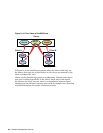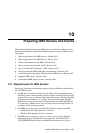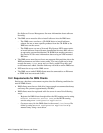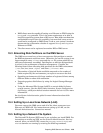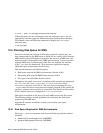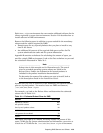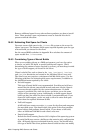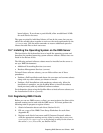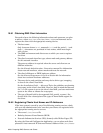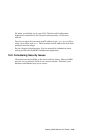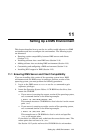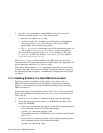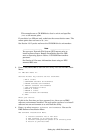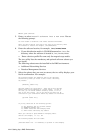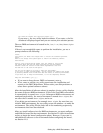10.8.1 Obtaining DMS Client Information
You need to know the following information about each processor you plan
to add as a client to a /var/adm/dms/dmsN .alpha environment and to
register the client with the appropriate naming service:
• The host name
Only lowercase letters (a-z), numerals (0-9), and the period (.) and
dash (-) characters are permitted in host names, which must begin
with a letter.
• The DMS environment and client areas to which you want to register
the client
• The client’s network interface type, subnet mask and gateway address
for this network interface
The gateway address is required when the server and client are on
different networks.
See the
Network Administration: Connections manual for information
about network interfaces, subnet masks and route for network.
• The client’s Ethernet or FDDI hardware address
See the Network Programmer’s Guide or Section 6.2 for information
about how to obtain hardware addresses.
• The swap device and partition and swap device drive type (swapping
is done on the client’s local disk)
See the Installation Guide — Advanced Topics for guidelines on planning
swap space on the client’s local disk. However, keep in mind that because
the /usr file system is not on the client’s local disk, you have much more
space on the client to allocate for swap space.
• The type of kernel build to be supported (full, partial, or none). See
Section 10.6.3 for a description of the types of kernel build support for
the client.
10.8.2 Registering Clients Host Names and IP Addresses
If the host system is served by any of the following naming services, check
with your site administrator to be sure that your clients are registered with
the appropriate naming service servers:
• The server’s /etc/hosts file
• Berkeley Internet Name Domain (BIND)
• Network Information Services (NIS), formerly called Yellow Pages (YP)
By using the Network Configuration Application, you can place each client
processor’s host name and IP (Internet Protocol) address in the /etc/hosts
10–8 Preparing DMS Servers and Clients



